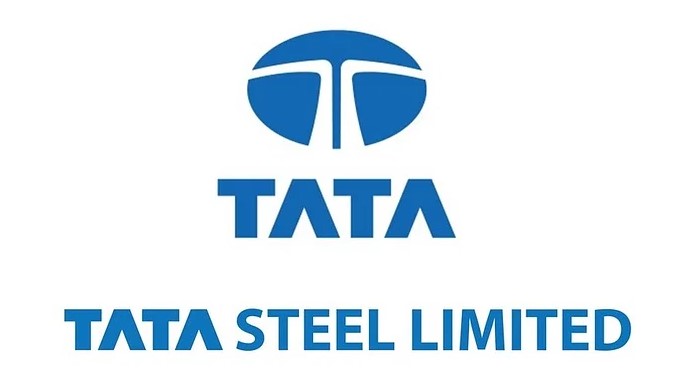On Monday, Tata Steel Ltd announced that it has started a trial for injecting hydrogen gas into its blast furnace located in the company’s flagship plant. The goal of this initiative is to reduce the usage of metallurgical coke and cut carbon emissions. The trial injection began on Sunday at the plant in Jamshedpur, using 40% of the injection systems, according to a statement released by Tata Steel.

Tata Steel aims to achieve net-zero carbon emissions by 2045 and claims that this is the first instance in the world where such a large quantity of hydrogen gas is being continuously injected into a blast furnace.
Tata Steel Ltd has announced that its trial for injecting hydrogen gas into its blast furnace has the potential to reduce coke rate by 10%. This would result in a 7% to 10% reduction in carbon dioxide emissions per ton of crude steel produced. The trial is expected to last for four to five days on a continuous basis, during which it will provide insights into operating blast furnaces with greener fuel injectants, reducing fossil fuel consumption, and subsequent CO2 emissions from the blast furnace.
The move to use hydrogen gas is part of India’s efforts to reach net-zero carbon emissions by 2070, and the country has set green hydrogen consumption targets for certain industries, such as steel, to create demand for cleaner fuels. This trial by Tata Steel is a significant step towards achieving these targets and reducing the carbon footprint of the steel industry.
